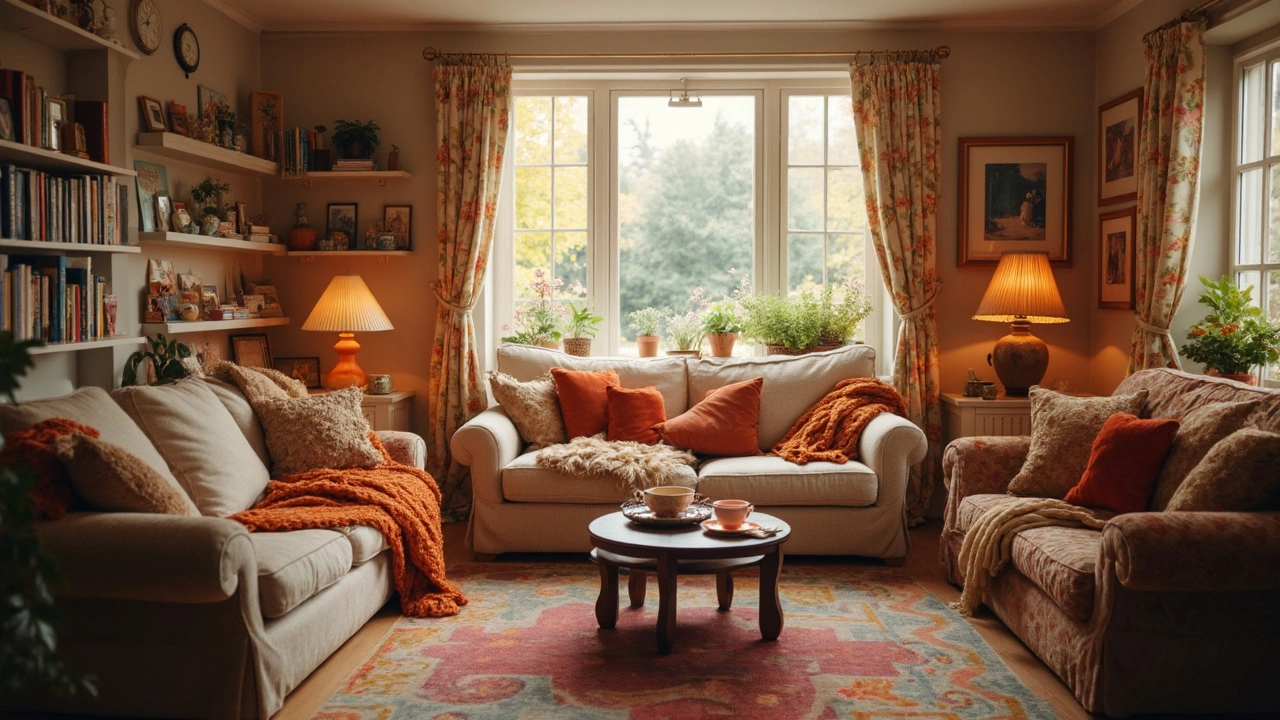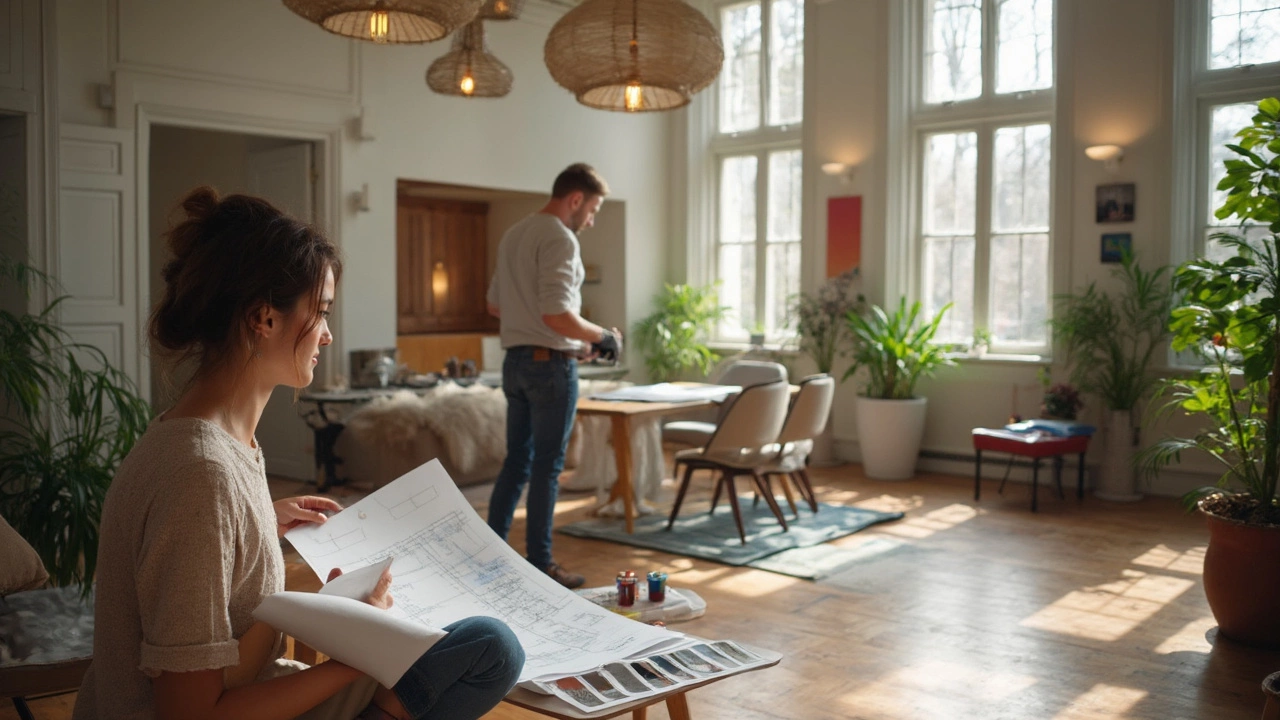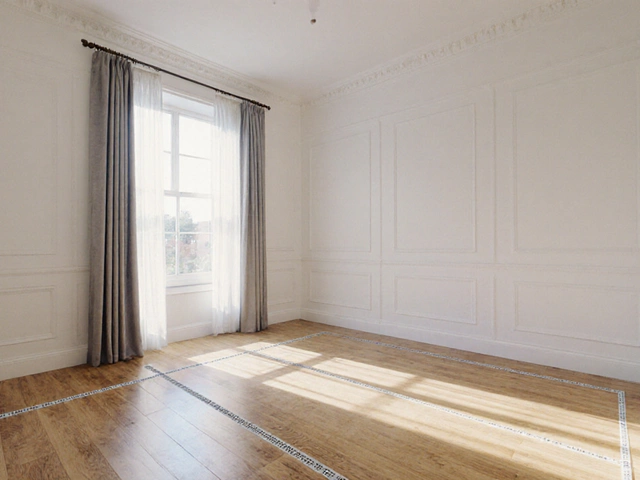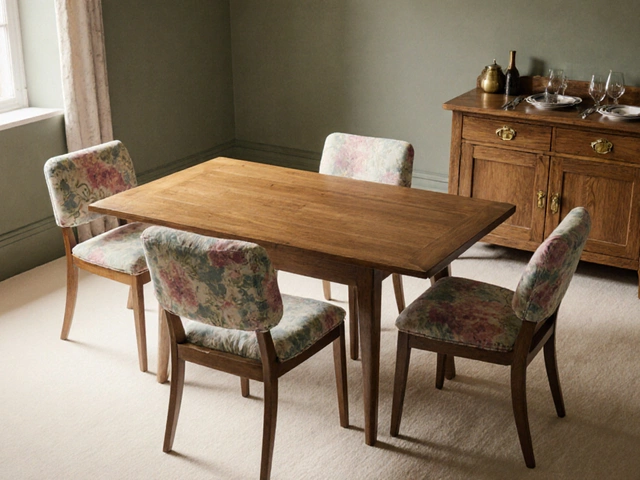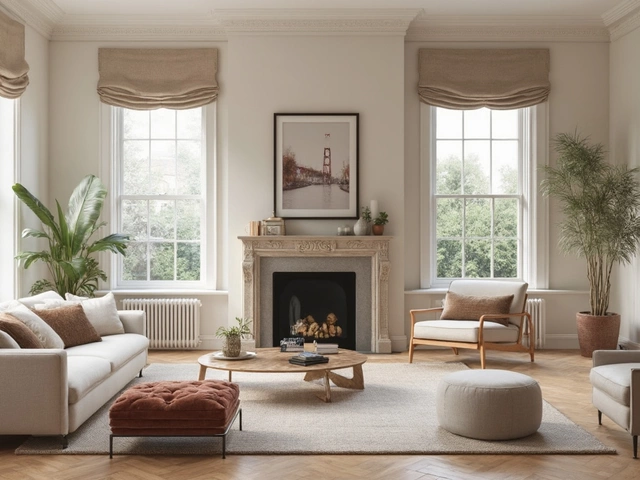Decorating Ideas & Tips for Every Home
Looking to give your space a quick refresh without a full remodel? You’re in the right place. This guide pulls together the most useful decorating tips from our articles, so you can start planning right now. Whether you’re tackling a living‑room wall or rethinking an entire bedroom, the advice below works for any budget.
Wall and Room Basics
The first thing most people overlook is the power of a well‑chosen wall treatment. A simple gallery wall can turn a bland hallway into a visual story. Choose three to five pieces that share a colour or style, then step back and let the eye flow naturally. If you don’t have enough art, filler art—like printed maps or abstract prints—fills gaps without looking cheap.
When you move beyond walls, think about the order of your room makeover. Start with a floor plan, pick a dominant colour, and then layer furniture and accessories. Our "How to Decorate a Room" article walks you through that exact sequence, helping you avoid costly re‑work.
Lighting is another silent hero. A well‑placed floor lamp or a set of pendant lights can change a room’s mood in seconds. Pick fixtures that complement your colour palette; warm bulbs work best in cozy areas, while cool light sharpens a modern kitchen.
Budget‑Friendly Tricks
Don’t let a tight budget stop you from achieving a fresh look. Swap out old cabinet handles, add a new rug, or hang curtains a few inches higher to make windows appear taller. Our "Curtain Hanging Height Guide" shows exactly where to place the rod for maximum impact.
DIY projects also stretch your dollars. Re‑foam couch cushions—especially if you’re dealing with sagging seats—can revive your sofa for a fraction of the cost of a new set. Follow the step‑by‑step guide we provide for Australian homes in 2025, and you’ll have a comfy couch again in under an hour.
If storage is an issue, look at clever ways to use every inch. A 5x10 storage room can hold more than you think when you stack vertically and use clear bins. Our storage‑room guide gives exact dimensions and packing ideas.
Finally, think about mixing styles. Pairing light and dark dining furniture, as we explain in our "Mixing Light and Dark Dining Room Furniture" piece, adds depth without needing new pieces. The secret is balance—match one dark element with two lighter ones, and you’ll avoid a clash.
All these ideas share a common thread: start small, stay consistent, and enjoy the process. Decorating isn’t a race; it’s a series of choices that bring your personal story to life. Grab a notebook, pick one tip that resonates, and watch your home transform step by step.

